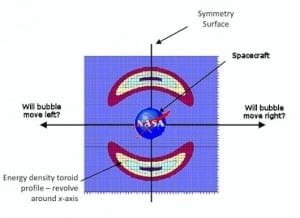Boost the cells’ absolute efficiency up to 8.1 percent
Researchers from Australia’s Swinburne University of Technology – along with colleagues from Suntech Power Holdings – have announced the development of the world’s most efficient broadband nanoplasmonic solar cells. The scientists improved the performance of existing thin-film cells by incorporating nucleated or “bumpy” gold and silver nanoparticles. By doing so, they were able to boost the cells’ absolute efficiency up to 8.1 percent.
The team at Swinburne’s Victoria-Suntech Advanced Solar Facility (VSASF) had already been embedding conventional gold and silver nanoparticles into thin-film cells produced by Suntech. These highly-reflective particles increased the wavelength of absorbed sunlight, thus improving the rate at which its photons were converted into electrons.
The uneven surfaces of the bumpy nanoparticles, however, scatter the light even farther into a broadband wavelength range. This reportedly results in even greater absorption, thus improving the cells’ overall efficiency. The scientists hope to get the efficiency up to at least 10 percent by the middle of this year, and ultimately want to “develop solar cells that are twice as efficient and run at half the cost of those currently available.”
Read more . . .
Bookmark this page for “thin-film solar cells” and check back regularly as these articles update on a very frequent basis. The view is set to “news”. Try clicking on “video” and “2” for more articles.









